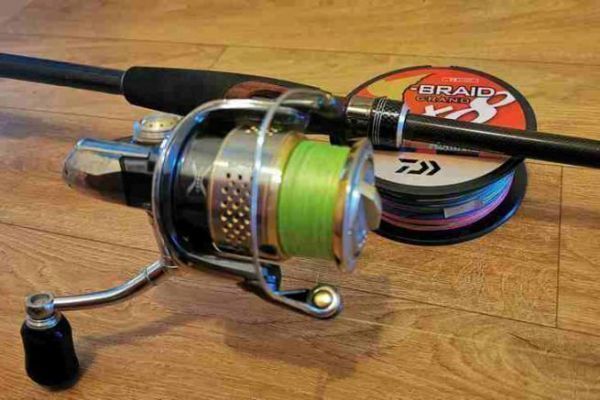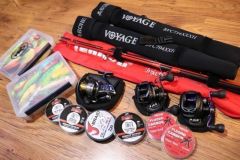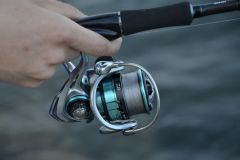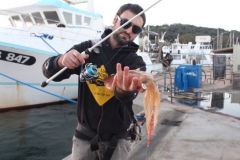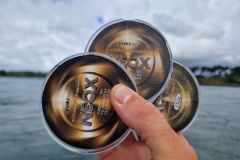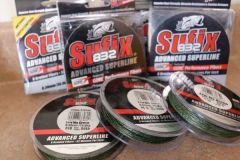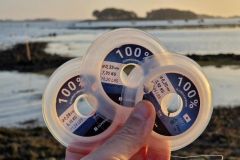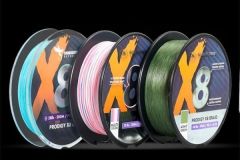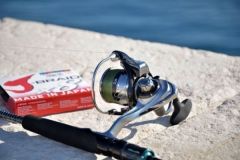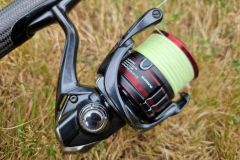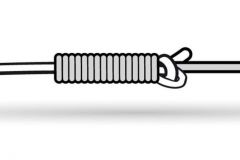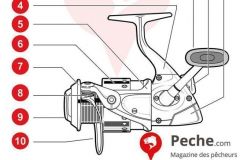Braid is a line of several filaments, often made of polyethylene, braided together. The number of strands varies, from 4 to 16 depending on the model. Compared to nylon, braided lines have a much higher strength with virtually no elasticity, for the same diameter.
Today, it's omnipresent on lure anglers' reels. But with so much on offer, how do you choose?
Number of strands
This varies according to the braid. The most common braids are made of 4 or 8 strands. Some models have 12 or even 16 strands.
The first models distributed had 4 strands, then came those with 8 strands. To understand the importance of the number of strands, let's take two braids of identical diameter, but one with 4 strands and the other with 8 strands. For the same outside diameter, the strand size is twice as large on the 4-strand model as on the 8-strand model.
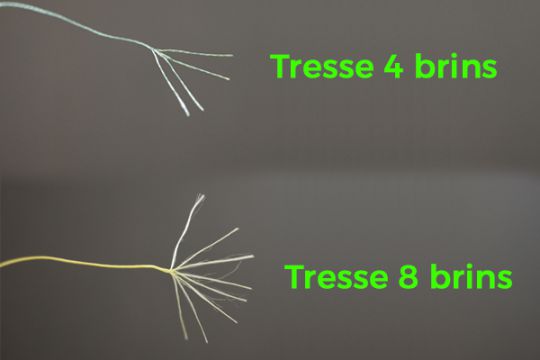
Consequently, for the same diameter, an 8-strand braid will be smoother because it's rounder, but also more fragile than a 4-strand braid, which will be more resistant to abrasion.
In practice, prefer a 4-strand braid if there's a high risk of rubbing with the environment, and on the other hand, if you prefer glide and a long casting distance, an 8- or 12-strand braid will be more suitable.
Diameter
Not to be confused with resistance!
This is expressed in hundredths or PE, especially for Japanese braids. PE stands for polyethylene.
A correspondence exists between these two values using the following formula: Diameter =?(Pe) X 0165
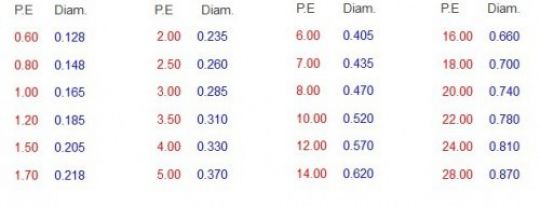
The resistance
The strength expressed in pounds or kilos normally corresponds to the braid's strength in straight pull.
However, there are sometimes significant differences between actual resistance and that advertised by the manufacturer.
Resistance is a commercial argument, so you need to be careful that it corresponds to the advertised resistance. Many tests are available online to help you make up your own mind.
When choosing your braid, you'll need to pay close attention to diameter and advertised strength. Ideally, you should find a small-diameter braid with the highest possible actual resistance.
The color
In most cases I don't care about the color of my braid except for vertical fishing like on wrecks where I use a multicolored braid.
In this situation, I like braids that are marked every 10 metres by a color change. This makes it easier to locate you in the water column.
This is particularly true of the Daiwa Saltiga.
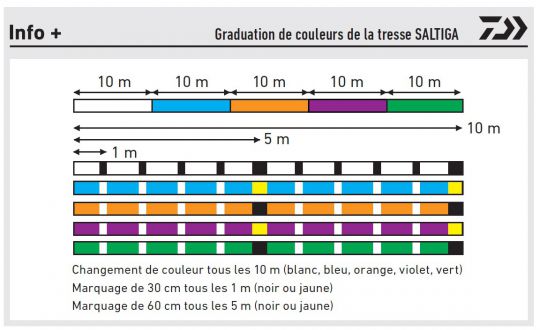
The price
This varies greatly from model to model.
As in many fields, don't assume that high prices are a guarantee of quality.
The more strands you use, the higher the price. But it won't necessarily meet your expectations in terms of chafe resistance.
Which model to choose?
The ideal braid should have the following characteristics:
- Good resistance to abrasion, but also over time, so you don't have to change it every year.
- Have the roundest possible profile and good glide.
- Do not twist to avoid wigs.
- The highest possible ratio between diameter and resistance.
After numerous tests, I have selected 3 8-strand models:
- VARIVAS Avani sea bass max power: versatile braid with extreme glide perfect for fine fishing.
- The YGK G Soul Upgrade: the one I use the most, because in my opinion, it's the most versatile.
- YGK G SOUL SUPER JIGMAN: multicoloured braid for vertical fishing.

 /
/ 